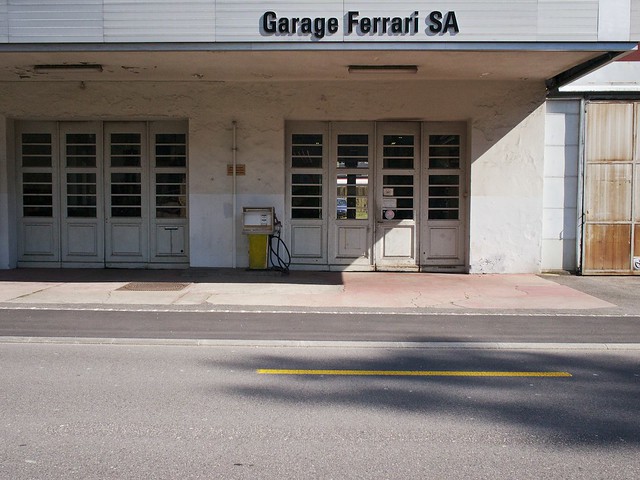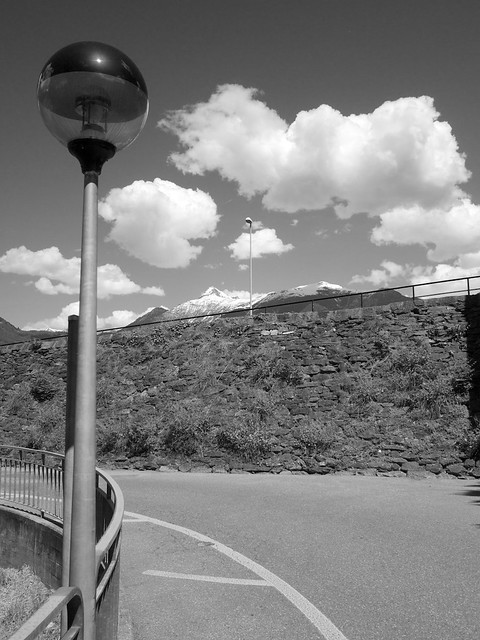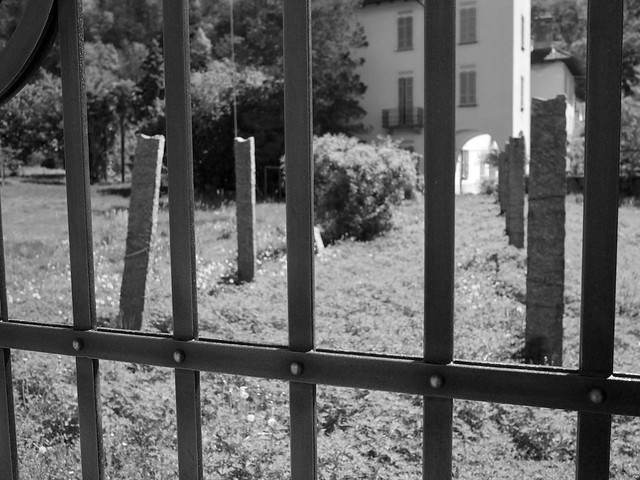Hahnemühle Photo Rag Metallic
pedal to the metal
Although printing is a major part of photography for me, I don’t think I’ve ever written anything much about it. Still less about print papers. One can find interminable articles online about printing with this or that paper, along with intensely scientific charts and endless technicalese and associated geekery, usually authored by retired male rocket scientists with a talent for taking the most godawful dull photos known to mankind.
Well, I’m no rocket scientist, and I don’t understand charts, but I was sufficiently delighted by a few recent prints to try my hand at “reviewing” a type of print paper.
Some time ago in a minor fit of retail therapy I ordered a box of Hahnemühle Photo Rag Metallic paper, a “silvery-shimmering FineArt inkjet paper with a specially formulated inkjet coating for FineArt use”. I’m pretty conservative with printing, and although I have have experimented wildly with stuff like Bamboo paper, I’ve never pushed it this far. The retail therapy having done its job, the box stayed on the shelf until very recently, when finally I decided to give it a go. Having offloaded all the technical stuff about colour profiles, print settings, etc, to Colorbyte Software ImagePrint, all I needed to do was select the photos, load the paper into the printer and press “print”.
The results were very pleasing. It’s very difficult to convey anything through a photo of a print, especially when the key characteristic of that print is a silvery reflectivity, but I’ll try anyway:

A Hasselblad X1DII shot from some months ago. Local creepy abandoned graveyard.

The bullring at Les-Saintes-Marie-De-La-Mer, Camargue, France. Ricoh GRIII, a few weeks ago.

A shot of the dunes at L’Espiguette, Camargue, France. Olympus E-M1 MkIII, a few weeks ago.

The paper can be interesting for colour photos as well. Hasselblad X1DII, at home
At 340 gsm, Hahnemühle Photo Rag Metallic is I think the heaviest paper I’ve ever printed on. It has a very marked texture enhancing the silvery finish. Obviously, it doesn’t suit all subjects, but when it works, it works really well, and everybody who has seen my sample prints has been very enthusiastic about them (mainly about the paper, not the photos).
If you’re into printing, it’s worth trying out this paper. It isn’t as radical or gimmicky as it sounds, and is a really nice alternative to have to hand.





















